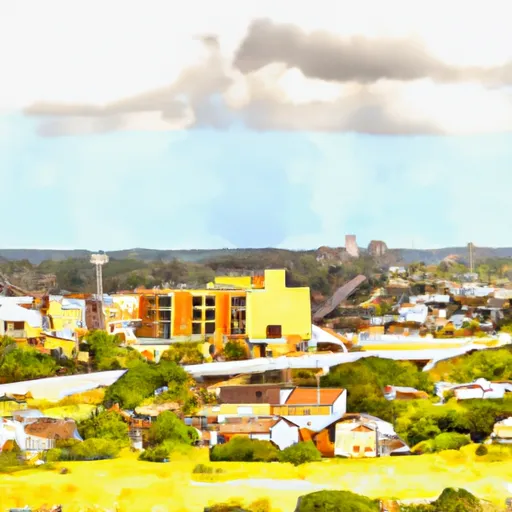°F
°F
mph
Windspeed
%
Humidity











La-Coste, Texas is a small town located in Medina County in the southern part of the state. The climate in La-Coste is categorized as humid subtropical, characterized by hot summers and mild winters. Summers are typically hot and humid, with temperatures often exceeding 90 degrees Fahrenheit. Winters are mild, with temperatures rarely dropping below freezing. The area experiences moderate rainfall throughout the year, with occasional thunderstorms during the summer months.
Hydrologically, La-Coste is situated near the Medina River, which flows through the region. The river provides a source of water for the town and offers recreational opportunities such as fishing, canoeing, and kayaking. The river is also surrounded by scenic landscapes, making it an ideal spot for picnicking and nature walks.
In addition to the Medina River, La-Coste is surrounded by beautiful countryside, offering various outdoor recreational activities. Visitors and residents can enjoy hiking, camping, and birdwatching in the nearby parks and nature reserves. The town's proximity to the Hill Country provides opportunities for exploring scenic trails and enjoying the natural beauty of the area.
Overall, La-Coste, Texas provides a pleasant climate, access to the Medina River, and a range of outdoor recreational activities for residents and visitors to enjoy.
Weather Forecast
La-Coste receives approximately 717mm of rain per year, with humidity levels near 83% and air temperatures averaging around 21°C. La-Coste has a plant hardyness factor of 9, meaning plants and agriculture in this region tend to thrive here all year round.
Regional Streamflow Levels
1
Cubic Feet Per Second
68
Cubic Feet Per Second
33
Cubic Feet Per Second
3
Cubic Feet Per Second
Nearby Camping
| Camping Area | Reservations | Toilets | Showers |
|---|---|---|---|
| Castroville Regional Park | |||
| Escondido Ranch Military - Kingsville NAS | |||
| Lackland AFB Military | |||
| Lady Bird Johnson City Park | |||
| Enchanted Rock State Natural Area |



